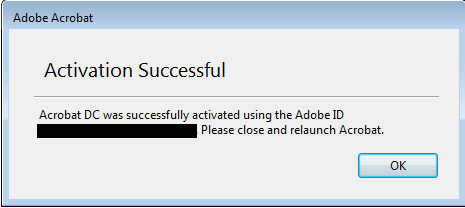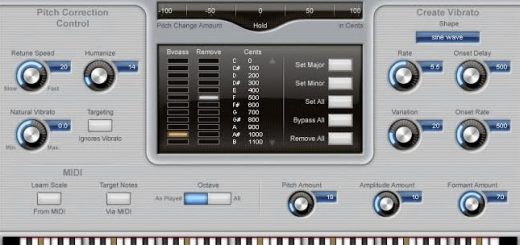
(Xfer Records Serum v1.30b1 + Cymatics Kits) Press the calculate button to display results.Download Crack + Setup Xfer Serum v1.30b1 Full Version Cracked For Windows.The final well is usually filled with diluent to serve as a negative control. For a 96-well microplate format, this number is typically 7 (if using a single column) or 11 if using a single row. Enter the number of times the serial dilution needs to be performed.Enter the dilution factor for the serial dilution.It is recommended to include excessive dilution volume to account for loss that may occur during pipetting. In a 96-well microplate format, the maximum volume for a single well is typically 300 µL. Please note that each serial dilution will have the same final volume. Enter the desired final volume for the serial dilution.


The tool below can be used to create a protocol for preparing a serial dilution from a stock solution. For instance, creating a two-fold dilution with a starting concentration of 10 µM yields the following concentrations: 10 µM, 5 µM, 2.5 µM, 1.25 µM, etc.

Thus, when creating standards for a given assay, it is often necessary to prepare the standards using a serial dilution.Ī serial dilution is a sequence of dilutions created using the same dilution factor. For many quantification assays, the linearity range is logarithmic in nature. This represents the range of quantities over which response values are directly proportional to changes in the target of interest. Standards for the calibration curve are typically chosen such that they span the linearity of a given assay. From this curve, the quantity of target in a sample can be calculated. These standards are used to create what is known as a calibration curve, or standard curve. For many quantification assays, a set of standards must be run alongside test samples in order to calibrate an experiment properly.


 0 kommentar(er)
0 kommentar(er)
